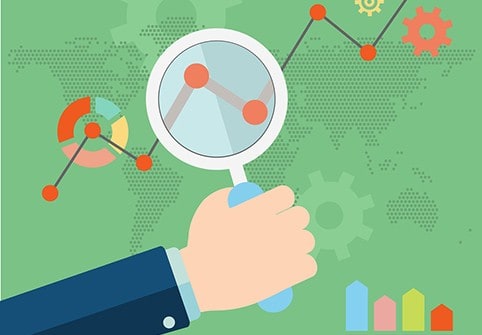Toward Better Growth Measures

The other day I woke up thinking about growth measures. I know that seems weird but better growth measures are key to the future of personalized learning and the end of heavyweight year end tests. I reached out to Matt Chapman, the CEO of NWEA, another guy obsessed with student growth.
Portland-based nonprofit NWEA provides Measures of Academic Progress (MAP), a leading adaptive assessment. They work with 7,600 partner schools, districts and networks and measure the academic growth of about 15% of US students. They all measure growth between a fall and spring test and nearly all use both literacy and math.
NWEA uses the Lexile scale from Metametrics to guide students to appropriately leveled books. Chapman notes the distinction between measuring materials (text) such as Lexile does and measuring the student growth which is what NWEA’s MAP does.
Despite all the talk about ensuring that students gain a year’s worth of growth each year, it’s tricky and technical to actually measure it. NWEA reports a raw score, a growth index score (relative to a norm), and a z score (normalizes growth across grades). Raymond Yeagley, NWEA VP of Research and CAO, said when measuring growth it’s important to note where students start and the amount of instructional time between tests.
In most cases, said Yeagley, MAP reported results are similar to state calculated growth measures. Like the Virginia growth measure, NWEA can report a growth rate adjusted based on school challenge. On the risk of adjusting expectations based on poverty, Yeagley notes that “Growth norms are not growth targets, they represent the average growth for students who were included in calculating the norm, but should not be used as the basis for setting new expectations.”
“The complexity of text is but one aspect of where a student’s reading skills have progressed, and not necessarily a very precise one,” said Chapman. He said there is a lot to consider in terms of growth with the new standards including the challenges of adding Depth of Knowledge to the mix.
Comparable growth rates. As more students progress on personalize pathways, it is necessary to develop comparable growth rates to ensure that all students are making adequate progress. However, it is technically challenging to calculate comparable growth rates using different instruments.
One approach to comparability is using common scales like Lexile and Quantile. However, the relationship between the test and the scale is influenced by test design. Different tests vary in accuracy at different points on the scale.
Districts can ease the problem of different growth rates reported by different systems by using a common tagging systems the way Houston requires partners to use Thin Common Cartridge).
The bottom line is that more R&D investment is required to develop comparable growth measures. Without it states will continue to use week long summative assessments to check school quality.
New. NWEA recently launched Skills Navigator, a short cycle assessment that complements MAP. It measures the foundational skills that build up to standards.
NWEA also launched AssessmentLiteracy, a professional development resource.
MAP powers self directed instruction using open education resources curated by Knovation. It’s used by Fontana USD and others.
Could MAP be used as a state summative assessment? With a writing assessment and modifications to align with each state’s test blueprint, it’s certainly possible.
For more check out:
- The Future of Personalized Learning is Now
- Mastery Tracking: Measuring Specific Skills to Accelerate Student Learning
Stay in-the-know with all things EdTech and innovations in learning by signing up to receive the weekly Smart Update.






0 Comments
Leave a Comment
Your email address will not be published. All fields are required.